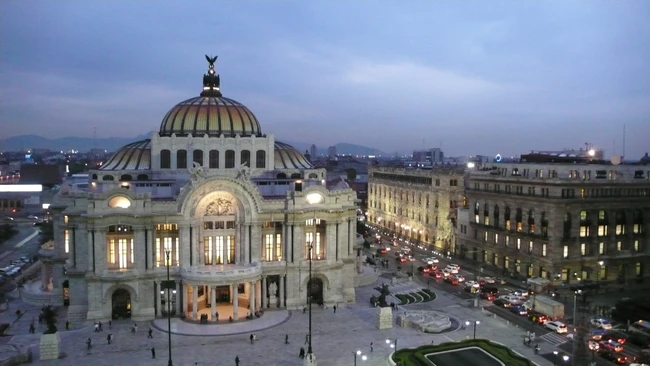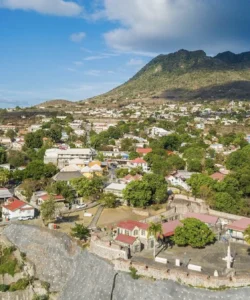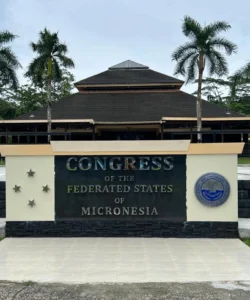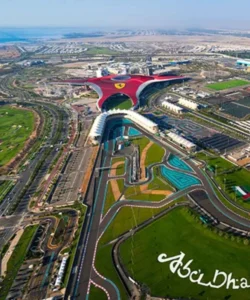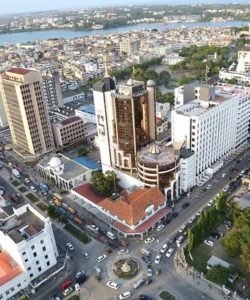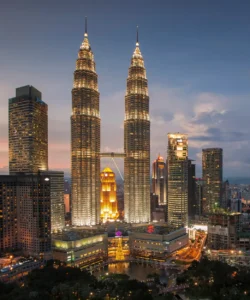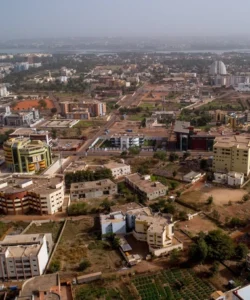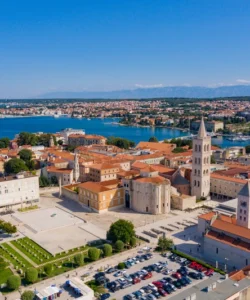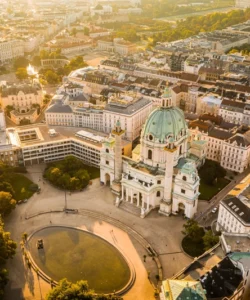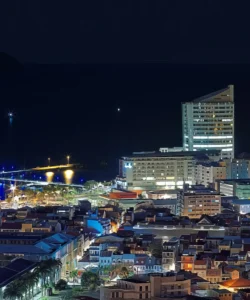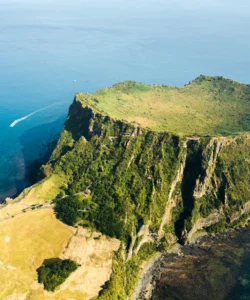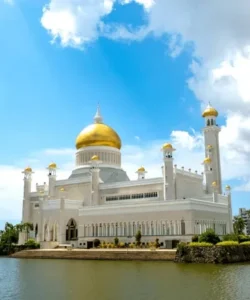Mexico, officially the United Mexican States, is a country in the southern portion of North America. It is known for its rich indigenous heritage, vibrant culture, diverse landscapes, and world-renowned cuisine.
![]()
Area and Population:
Mexico covers an area of approximately 1.97 million square kilometers (761,600 square miles). As of 2025, its population is estimated to be around 130 million people, making it the 10th most populous country in the world. The population is diverse, with a significant mestizo (mixed Indigenous and European) population, as well as various Indigenous groups.
Language:
The official language of Mexico is Spanish. Mexico has the largest Spanish-speaking population in the world. Additionally, there are 68 recognized Indigenous languages spoken across the country.
Currency:
The official currency of Mexico is the Mexican Peso (MXN), symbolized by $ or Mex$. It is divided into 100 centavos.
Religion:
According to recent surveys, Catholicism is the predominant religion in Mexico, with a large majority of the population identifying as Catholic. There is also a growing number of Protestants and those with no religious affiliation.
Capital:
The capital city of Mexico is Mexico City, one of the largest and most populous cities in the world.
Major Cities:
Beyond the capital, Mexico has several other significant urban centers:
- Guadalajara (Jalisco)
- Monterrey (Nuevo León)
- Puebla (Puebla)
- Tijuana (Baja California)
- Ciudad Juárez (Chihuahua)
- León (Guanajuato)
- Zapopan (Jalisco)
- Mérida (Yucatán)
- Cancún (Quintana Roo)
Attractions and Wonders:
Mexico offers an incredible array of attractions, from ancient ruins to stunning beaches and bustling cities:
- Chichen Itza (Yucatán): A UNESCO World Heritage site and one of the New Seven Wonders of the World, featuring the iconic El Castillo pyramid and other Mayan ruins.
- Teotihuacan (State of Mexico): An ancient Mesoamerican city famous for its massive pyramids of the Sun and Moon.
- Palenque (Chiapas): Another significant Mayan archaeological site nestled in the jungle.
- Cancún and the Riviera Maya (Quintana Roo): Known for pristine Caribbean beaches, resorts, cenotes (natural sinkholes), and the Mayan ruins of Tulum and Coba.
- Mexico City Historic Center: A UNESCO World Heritage site featuring the Zócalo (main square), Metropolitan Cathedral, and Palacio de Bellas Artes.
- Copper Canyon (Chihuahua): A vast canyon system larger and deeper than the Grand Canyon, explored by the Chepe train.
- San Miguel de Allende (Guanajuato): A picturesque colonial city, a UNESCO World Heritage site, known for its well-preserved Baroque architecture and vibrant arts scene.
- Guanajuato City (Guanajuato): Another colorful colonial city with charming alleys, underground tunnels, and the Mummy Museum.
- Puerto Vallarta (Jalisco): A popular Pacific coast resort town.
- Oaxaca City (Oaxaca): Famous for its colonial architecture, vibrant markets, and pre-Hispanic archaeological sites like Monte Albán and Mitla.
Architecture:
Mexican architecture is a rich blend of pre-Hispanic, colonial, and modern influences:
- Pre-Hispanic/Mesoamerican: Characterized by monumental pyramids, temples, and ceremonial centers built by civilizations like the Maya, Aztec, and Zapotec. Examples include Chichen Itza, Teotihuacan, and Palenque.
- Colonial: Influenced by Spanish Baroque, Neoclassical, and Churrigueresque styles, evident in churches, haciendas, and government buildings in cities like Puebla, Oaxaca, and San Miguel de Allende. Features include ornate facades, vibrant colors, and interior courtyards.
- Modern and Contemporary: From the mid-20th century onwards, Mexican architects have developed unique styles, often incorporating traditional elements with modern designs. Figures like Luis Barragán are renowned for their use of light, color, and geometric forms.
Roads:
Mexico has an extensive road network, including well-maintained toll roads (cuotas) and free roads (libres). Toll roads are generally faster and safer. Driving is on the right side of the road. Speed limits vary but are typically in kilometers per hour. In rural areas, be aware of speed bumps (topes) and potential livestock.
Hotels:
Mexico offers a vast range of accommodation options, from luxury resorts in popular tourist destinations to boutique hotels in colonial cities, budget-friendly hostels, and charming guesthouses. Major international hotel chains are present, alongside many excellent local and regional brands. Some prominent types and chains include:
- All-inclusive resorts (especially in Cancún, Riviera Maya, Puerto Vallarta, Los Cabos)
- Luxury brands like Rosewood, St. Regis, Four Seasons
- Major international chains: Marriott, Hilton, Hyatt, IHG, Wyndham, Best Western
- Mexican chains: Grupo Posadas (Live Aqua, Fiesta Americana, Fiesta Inn), Krystal Hotels, Hoteles City Express
Restaurants:
Mexican cuisine is globally renowned and recognized by UNESCO as an Intangible Cultural Heritage of Humanity. Dining options are incredibly diverse, from street food stalls and traditional fondas to high-end gourmet restaurants.
- Street Food: Tacos, quesadillas, tamales, tortas, esquites, elotes – essential to the Mexican culinary experience.
- Traditional Mexican Restaurants: Offering regional specialties and classic dishes.
- International Cuisine: Major cities and tourist areas have a wide variety of international restaurants.
- Fine Dining: Mexico City and other large cities boast world-class restaurants led by acclaimed chefs.
Cuisine:
Mexican cuisine is a complex and flavorful fusion of Indigenous and Spanish influences, with regional variations being highly significant. Key elements include corn, beans, chilies, and a wide array of fresh ingredients.
- Tacos: Perhaps the most iconic Mexican dish, with endless variations of fillings (al pastor, carne asada, cochinita pibil, fish, etc.) served on corn or flour tortillas.
- Mole: A complex sauce, often made with chilies, spices, nuts, and chocolate, served over meat (especially chicken or turkey). Mole Poblano and Mole Negro are famous.
- Enchiladas: Corn tortillas rolled around a filling and covered with chili sauce.
- Tamales: Steamed masa (corn dough) filled with various ingredients, wrapped in corn husks or banana leaves.
- Guacamole: An avocado-based dip.
- Pozole: A traditional soup or stew made with hominy and meat, often pork or chicken.
- Chiles Rellenos: Poblano peppers stuffed with cheese or meat, battered, and fried.
- Cochinita Pibil: Slow-roasted marinated pork from the Yucatán Peninsula.
- Salsa: A staple condiment, with countless variations.
- Agua Frescas: Refreshing drinks made from fruits, cereals, or flowers.
- Tequila and Mezcal: Iconic agave-based spirits.
